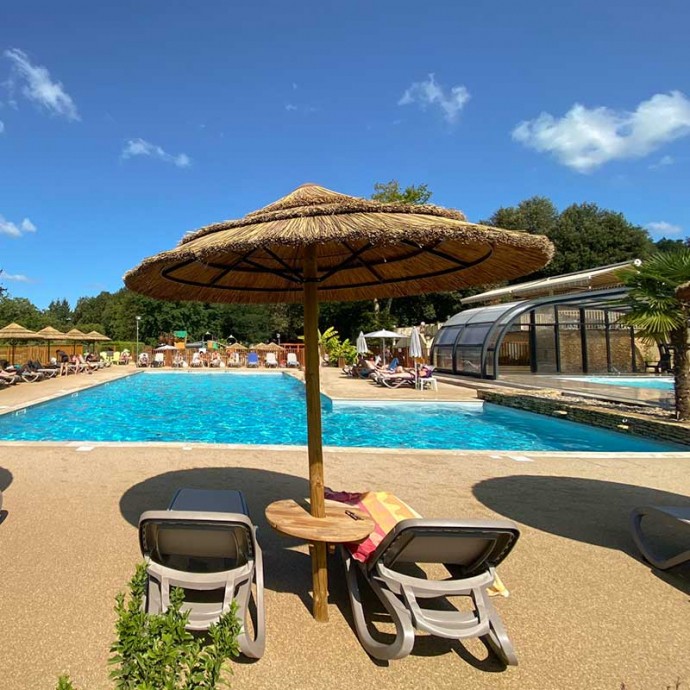
8.4/10
camping Domaine des Chênes Verts
Sarlat,Dordogne
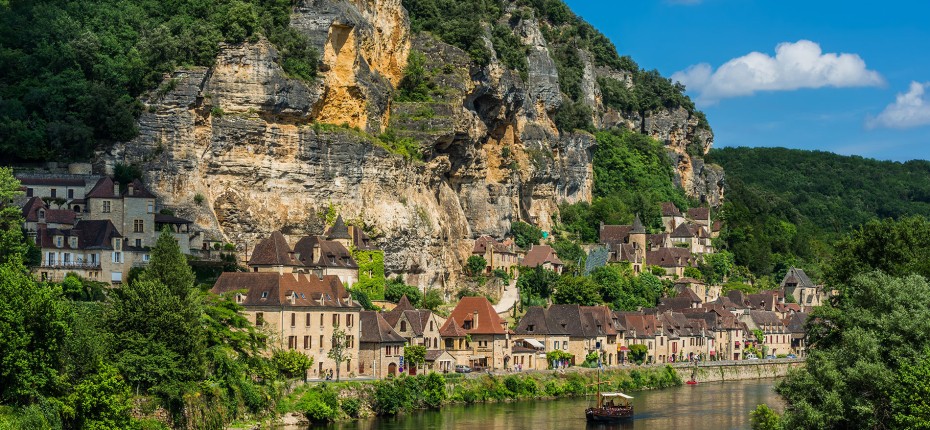
Visitors in search of nature, culture and gastronomic excellence love the Dordogne. Once known as the “Province du Périgord”, this department in the Aquitaine took the name of the river that runs through it during the French Revolution. The name Périgord remains very much in use among the public and is used to define the department’s 4 regions:
- The Périgord Noir, to the south-east. With Sarlat as its capital, this is the oldest and most popular area among tourists. Discover its medieval cities and many archaeological sites. The “black” part of the name is thought to come from the holm oaks that have very dark trunks.
- The Périgord Blanc, in the centre. Périgueux, the department’s capital is found there and the “white” in the name apparently comes from the colour of the calcareous soil.
- The Périgord Vert, to the north-west. This area is less well-known but just as beautiful and natural, characterised by its forests of light green oak trees.
- The PérigordPourpre, to the south-west. This is Bergerac country with its vineyards, where you can taste the region’s best wines.
Pick your colour and treat yourself to some relaxing time surrounded by history on your holiday. Come and stay at a campsite in the Dordogne with your family or friends to admire the multitude of magnificent landscapes.
3 campsites found

8.4/10
Sarlat,Dordogne
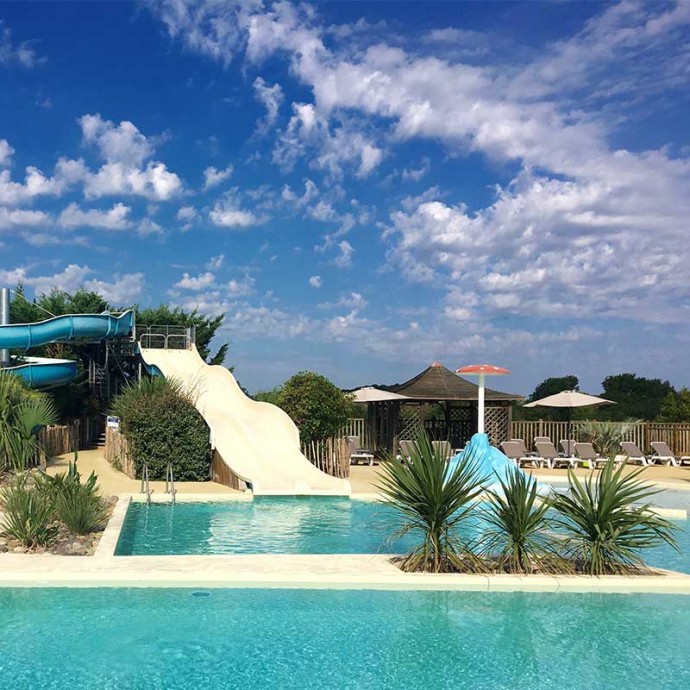
8.3/10
Sarlat,Dordogne
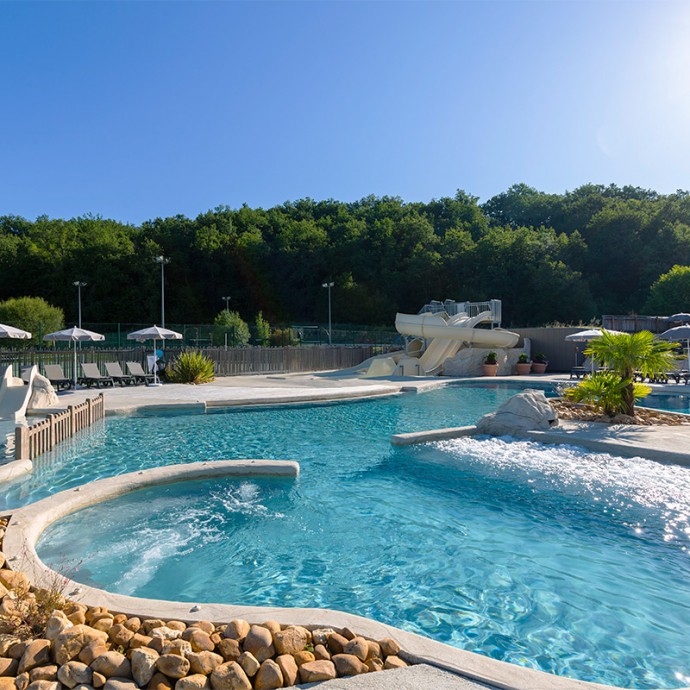
8.3/10
Pomport,Dordogne
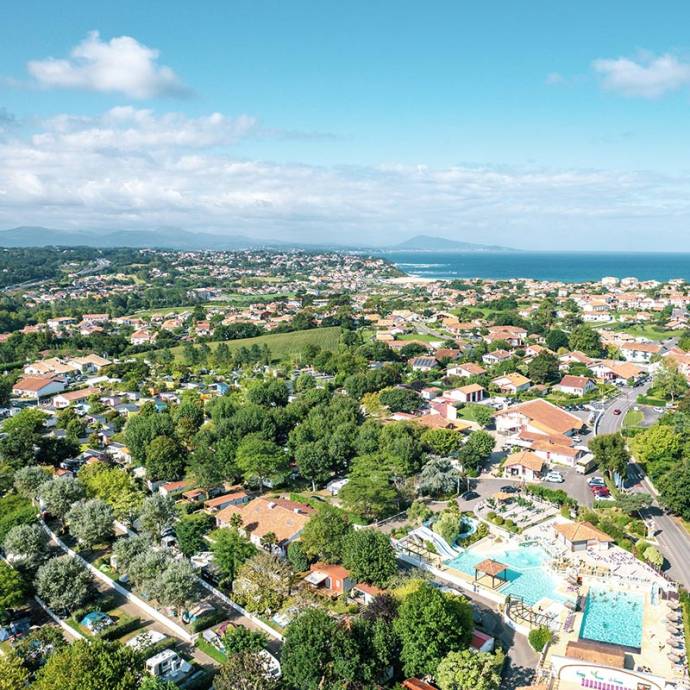
7.5/10
Bidart,Pyrénées Atlantiques
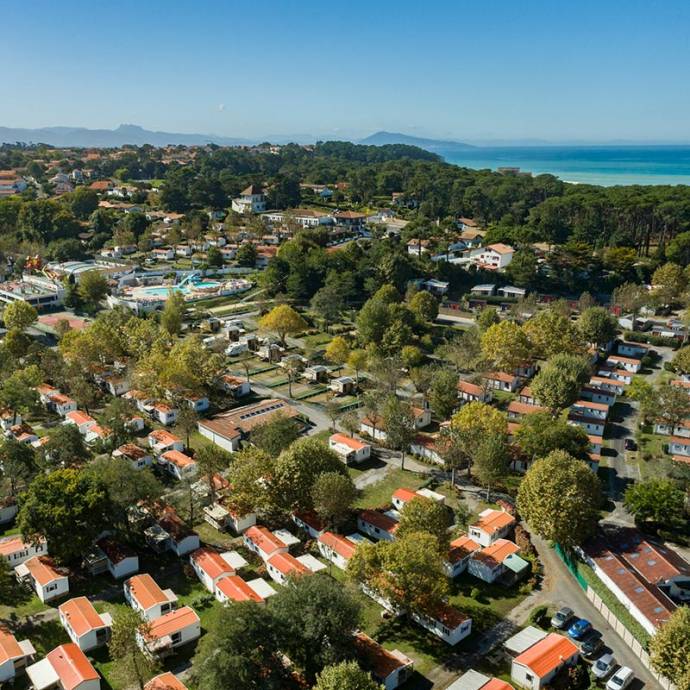
8.5/10
Bidart,Pyrénées Atlantiques
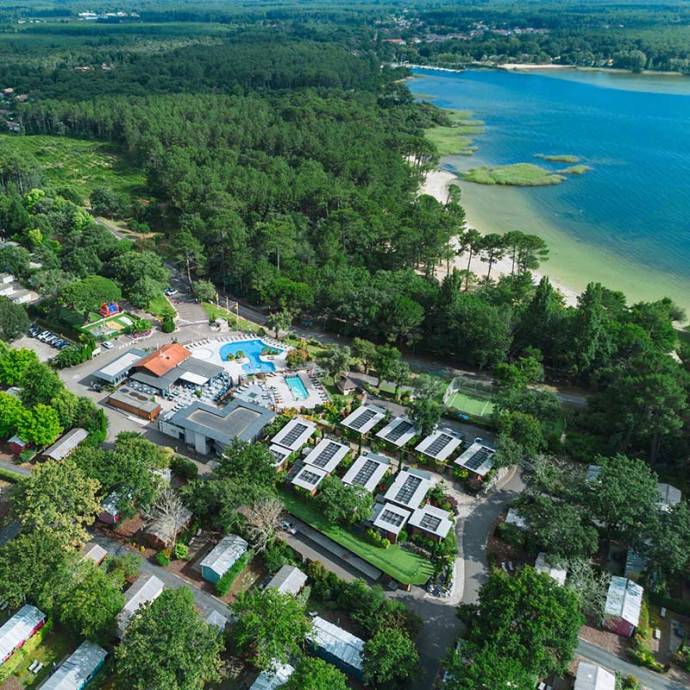
8.1/10
Biscarosse,Landes
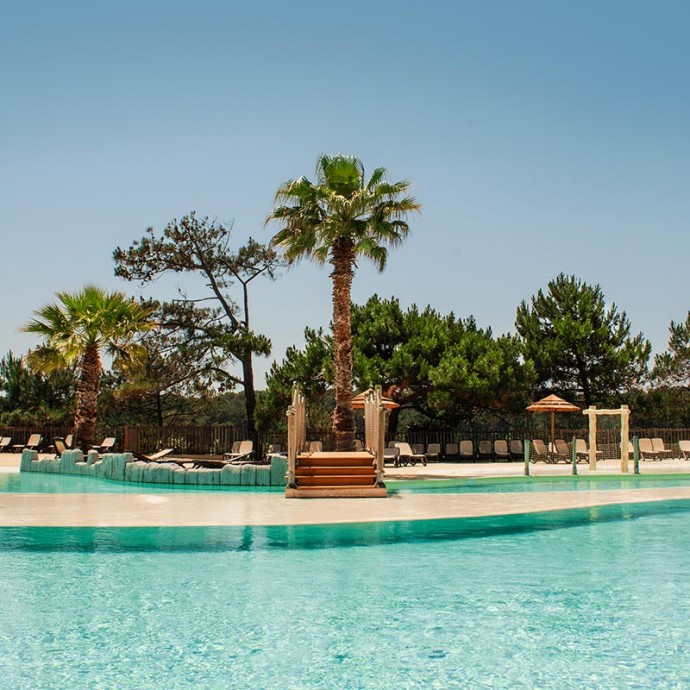
8.5/10
Saint Julien en Born,Landes
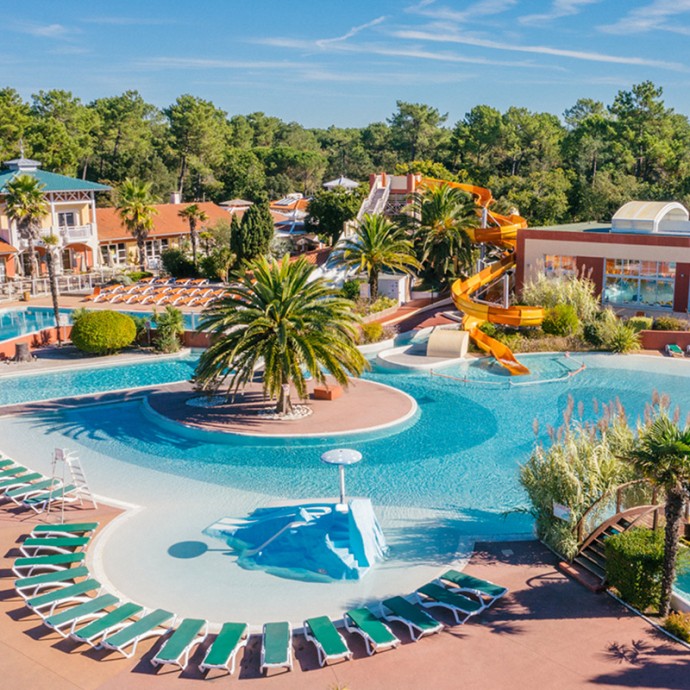
8.3/10
Hossegor,Landes

7.8/10
Bordeaux,Gironde
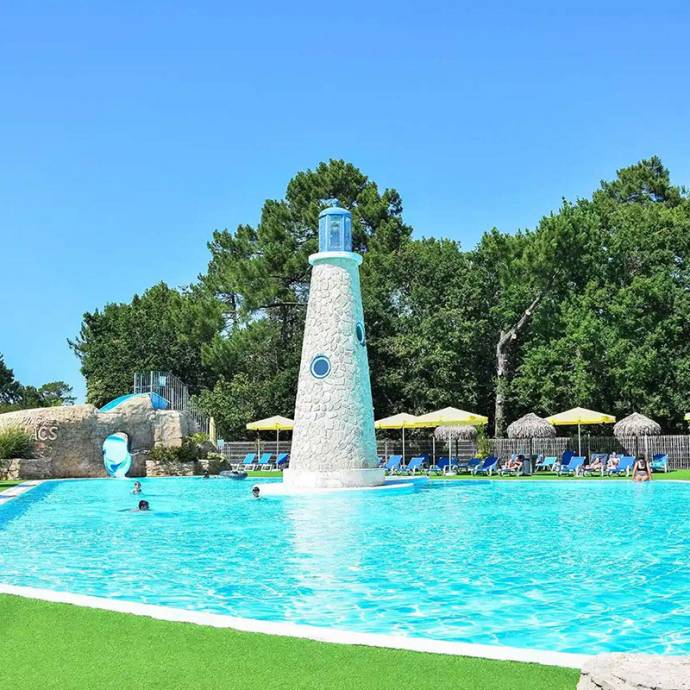 new
new8.3/10
Soulac-sur-Mer,Gironde
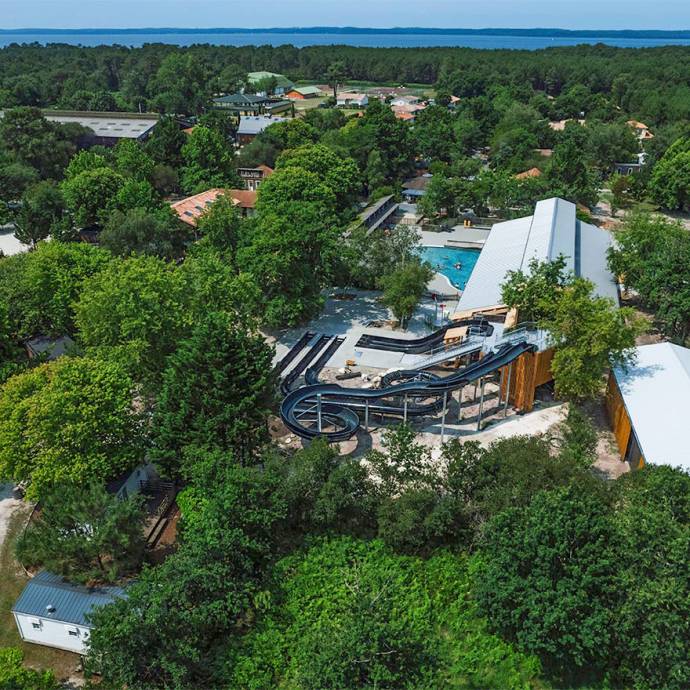
8.3/10
Hourtin,Gironde
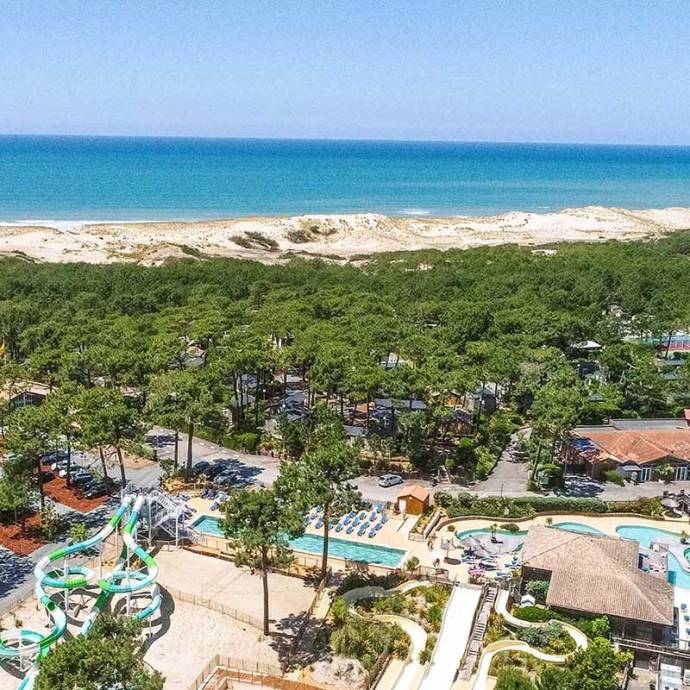
8.6/10
Lacanau Océan,Gironde
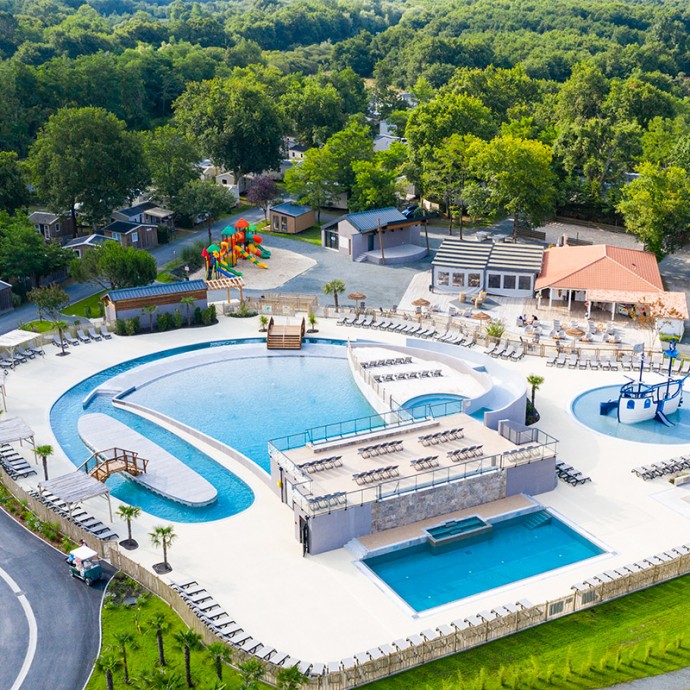
8.3/10
Vensac,Gironde
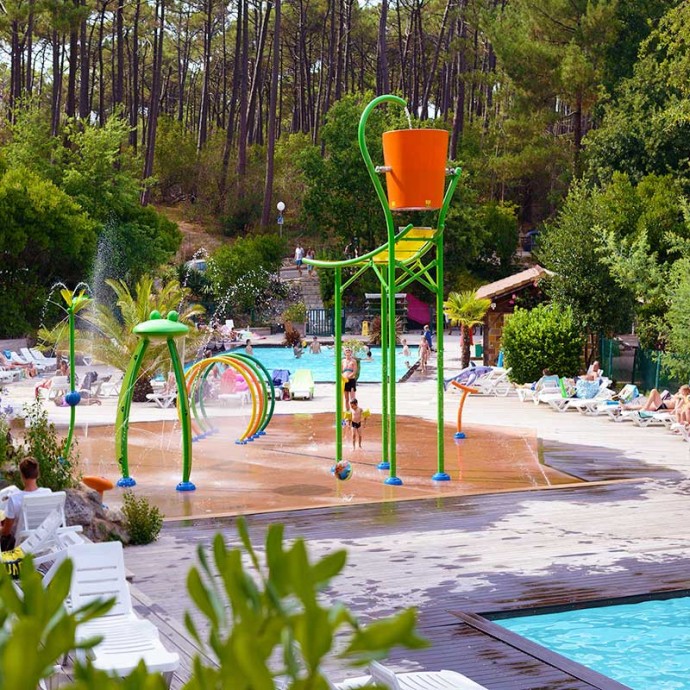
7.7/10
Pyla sur Mer,Gironde

8.6/10
Saint-Emilion,Gironde
Thanks to its mild and temperate climate in summer, the Dordogne is quite simply ideal for outdoor activities and holidays. At Yelloh! Village, rent a mobile home to benefit from all the comfort of a hotel while staying immersed in nature.
Enjoy all the services of a 4 star campsite on the edge of a forest, by a lake or a river in the Aquitaine countryside. There’s sure to be something to suit you! Your little ones will love our children’s clubs and access to the campsites’ outdoor pools with water slides plus the covered pools.
Meanwhile, grown-ups can enjoy the spa and sauna set in a gorgeous green setting at the wellness area.
Take advantage of your holidays in the Périgord to visit the emblematic and historical sites in the Vallée des Hommes, such as the Lascaux Cave, La Roque Gageac, the Château de Castelnaud and the towns of Sarlat-la-Canéda and Périgueux. This will also be an opportunity to sample the Périgourdine gastronomic specialities which are famous the world over: foie gras, black truffles, duck breast and confit... more than enough to make your mouth water!
The Dordogne is not just a department – it is also the name of a unique and well-preserved river. An amusing detail: the river is formed by the meeting of the Dore and Dogne, two small torrents from the Monts Dore massif in the Puy-de-Dome, which is how it got its name!
What is more, the Dordogne Valley is included in the UNESCO World Network of Biosphere Reserves. It includes several Sensitive Natural Areas, Natura 2000 areas and nature reserves, designed to protect and conserve this outstanding river basin.
If you go camping in the Périgord, you’ll be able to appreciate the diversity of the local landscapes, fauna and flora.
The Dordogne is like a time machine that will take you on a journey through history. Travel through the eras, from Prehistory to the Middle Ages and back to the present day, with a whole host of archaeological sites and castles. So start up your DeLorean and set off on an adventure during your family holiday!
Welcome to one of the cradles of humanity, and of Cro-Magnon in particular. Our ancestors got their name when their remains were discovered in the Cro-Magnon rock shelter in Les Eyzies in 1868. Nearly a century later, in 1940, the Lascaux cave was revealed to the world. Its rock art works have made it the most famous site in the Périgord Noir!
Visit the Lascaux II Cave in Montignac, an identical copy, as the original cave has been closed to the public to help preserve it. And to delve even deeper into prehistory, head to Lascaux IV, the International Centre of Rock Art and the Parc du Thot. The reconstructions of life in prehistoric times and the variety of activities will keep visitors of every age happy. You’ll find a number of other Palaeolithic sanctuaries in the Dordogne, such as the Combarelles and Font-de-Gaume caves. Discover the impressive paintings and engravings produced by our very earliest ancestors.
In this region, however, nature doesn’t need our intervention to become a work of art. If proof is needed, take the Gouffre de Proumeyssac cave in Audrix. It is named the “Crystal Cathedral” for the stalactites and the multitude of concretions formed on its walls over the millennia.
Leap forward in time to the era of fortified castles in the heart of the Périgord and its enchanted valleys. You probably know the tale of the One Thousand and One Nights? Well, in the Dordogne, it’s said that there are One Thousand and One castles and residences! It’s certainly the French department that counts the most, anyway! And it means that there are as many stories and legends to discover. This can all be explained by history: during the Hundred Years’ War, the Périgord was split in two when Eleanor of Aquitaine handed the southern slope of the Dordogne River over to the English, when she married the heir to the English crown, Henry II or Henry Plantagenet.
The two kingdoms then built an array of fortresses to protect their territory, including the Château de Beynac on the French side, looking across to the Châteua de Castelnaud on the English side. Not far from there, take the opportunity to explore the beautiful gardens of Marqueyssac, the most visited gardens in the Périgord. The château was built between the seventeenth and nineteenth centuries, with the gardens covering 22 hectares with centuries-old, hand-cut boxwood and Mediterranean cypress trees. There are more than 6 km of shaded paths to explore.
The Périgord and its heritage have lost none of their splendour today. You’ll discover a series of timeless sites that have survived through the ages, from prehistory to today. Take, for example, Roque Saint-Christophe, an immense wall of limestone that provided shelter for humans in its natural cavities from Prehistory to the Renaissance, or La Roque-Gageac where you can take a trip on a barge along the Dordogne.
Even today, historical events are celebrated in spring and summer in towns and villages across the Périgord. In early July, discover La Félibrée, a popular fête held in the villages and towns and celebrating the Occitan language and local folklore. The programme of festivities includes Occitan songs, garlands of paper flowers, parades in traditional costume and banquets! In Sarlat, the Périgord’s tourist capital, the town and its countless listed monuments provide the backdrop for the famous Theatre Festival. From July to August, wander the town’s medieval streets to admire the many outdoor shows, with performances ranging from classic to contemporary. Take advantage of your visit to browse Sarlat’s renowned market and shop for foie gras, porcini mushrooms, Cabécou goat’s cheese, walnuts... before tucking into a duck breast accompanied by Sarlat potatoes and a glass of Bergerac.
In short, you really should visit the length and breadth of the Dordogne! Whether you’re in a car, on a motorcycle, with a caravan, on a bicycle or in a canoe, what matters most is admiring the landscape and enjoying a restful break at your campsite.
As you’ll have gathered, there is a whole host of listed sites to visit in the Périgord. Here is a small list of the essentials located near our Yelloh! Village campsites.
In the Dordogne, you can make the most of an idyllic natural setting and the historical and cultural heritage that is as rich as the local biodiversity. Explore the Valleys of the Vézère and Dordogne rivers and discover a host of activities in the Périgord.
Embedded in the rock or poised by the river, the towns and villages of the Dordogne are real architectural treasures. To put it simply, rare are the places where you won’t find a castle or outstanding historical monument!
The gastronomy of the Dordogne is famous across France and throughout the world. Savour the flavours of the south-west, with all the delicacy of duck and the regional mushrooms.
Holidays are synonymous with swimming and chilling! As well as the water parks at the Yelloh! Village campsites, check out the lakeside or riverside beaches in the Dordogne.